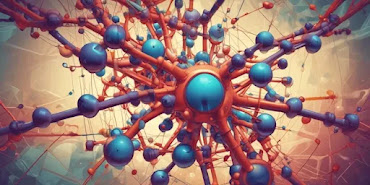
Welcome to the Green Chemistry Award, celebrating innovation and sustainability in the field of chemistry. This prestigious award honors individuals or teams whose groundbreaking research and practices contribute to a greener, more sustainable future. GREEN CHEMISTRY AWARD The Green Chemistry Award recognizes outstanding achievements in the development and implementation of environmentally-friendly practices within the realm of chemistry. From novel chemical processes to eco-friendly materials, this award celebrates those who are leading the way towards a more sustainable world. Age Limits: There are no age restrictions for applicants. Qualification: Open to individuals and teams worldwide engaged in chemistry-related research or industry. Publications: Applicants must have published research or implemented practices that demonstrate significant contributions to green chemistry. NOMINATE N|OW !... Visit Our Website: chemistryscientists.org








